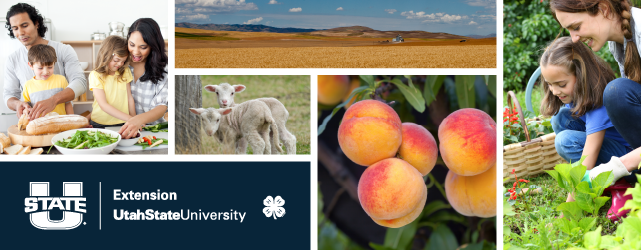
All Current Publications
Document Type
Factsheet
Publisher
Utah State University Extension
Publication Date
5-18-2021
First Page
1
Last Page
7
Abstract
The arid Southwest has been heavily impacted by drought and climate change. The Southwest states are some of the driest in the nation. From 2000 to 2020, 65% of the state of Utah experienced abnormally dry conditions, 78% of Arizona, 69% of New Mexico, and 71% of Nevada. Drought can damage pastures and crops, leading to economic losses in agriculture. Sustaining agricultural production (crops, food, livestock) on tribal lands will become progressively more challenging in the future due to decreased water availability, extended droughts, and changes in precipitation quantities and timing. This fact sheet is the second in a series of three that provide an overview of drought-tolerant crops, grasses, and native plants, which may assist in maintaining agricultural production for food and feed and sustain grasslands and rangelands in the arid Southwest. These plants possess unique characteristics that enable them to thrive under dry conditions and other stresses. Their drought-tolerant features are discussed in addition to soil preferences, preferred growing conditions, and market conditions and profitability.
Recommended Citation
Rice, Emily and Curtis, Kynda R., "Drought-Tolerant Options for Southwest Agriculture: Edible Produce" (2021). All Current Publications. Paper 2191.
https://digitalcommons.usu.edu/extension_curall/2191

